The chain of events that began with a few Jaish-e-Mohammad (JeM) posters pasted quietly at Srinagar’s Jama Masjid has moved through unexpected and deeply unsettling phases. What initially appeared to be localised provocation has revealed itself to be the early trace of a much larger design — one that stretched across networks, professions and geographies until it collided with an accidental detonation outside Delhi’s Red Fort Metro Station.
That detonation, tragic as it was, may well have been the moment that prevented something far more catastrophic. It was the unintended rupture through which the country glimpsed the architecture of a long-brewing conspiracy.
The First Clue: A Poster in Srinagar
The posters at Jama Masjid were far too polished and deliberate to be mistaken for casual graffiti. Officers in the Valley, seasoned by decades of militancy, sensed immediately that something larger was afoot — and they were right. That single clue led investigators through encrypted money trails, coordinated digital chatter and discreet travel patterns, eventually exposing a Delhi–Faridabad module unlike any in recent years. Its members were medical professionals and educated operatives who had crossed from ideological sympathy into active preparation. The scale of their intent is now coming into view.
An Accident That Prevented a Catastrophe
The explosion outside Delhi’s Red Fort Metro Station, though tragic, may have averted something far worse. Early forensic assessments point to an accidental detonation of ammonium nitrate mishandled by untrained hands — perhaps a self-taught “YouTube IED doctor”. In J&K, genuine IED doctors have long been specialists who turn ordinary objects into sophisticated bombs. The Red Fort blast shows no such expertise; instead, it reflects the inexperience of medical professionals drawn into operational roles. Their error likely disrupted a far more ambitious plan to deploy multiple devices across the National Capital Region.
Unconfirmed intelligence indicates that up to thirty-two IEDs were being fabricated — a number whose synchronised detonation could have caused mayhem surpassing even Mumbai 26/11 in psychological impact.
Quick Reads
View AllThe subsequent Srinagar explosion must also be understood correctly. The seized ammonium nitrate had been transported there for routine FIR procedures and appears to have been mishandled, leading to an unintended blast. This accident should not distract from the main conspiracy.
Together, these events reveal the sheer scale of the network India was confronting — far larger and more dangerous than early assessments suggested.
The White-Collar OGW Turns Operator
Perhaps the most striking element of the Faridabad module is the presence of medical professionals. Kashmir has always had a wide Over Ground Worker (OGW) ecosystem — teachers, journalists, academics, minor functionaries — who provided ideological or logistical support. But they rarely crossed the line into active operations. The terrorist foot soldier was almost always from a poorer, less-educated demographic. That line has now blurred. The choice of professionals is strategic because:
• They attract less suspicion.
• They move effortlessly across urban India.
• They are adept at navigating digital anonymity.
• They lend psychological legitimacy to extremist narratives.
Reports that some among them travelled abroad raise the possibility that they were cultivating transnational contacts or escape channels. Certain Middle East locations — outside tightly regulated hubs — continue to provide anonymity and logistical depth to extremist networks. There is the possibility that several contacts exist in some urban centres in other parts of India.
This transition from OGW to operator is one of the most significant evolutions in India’s threat landscape. Terrorists thus far were mostly from lower strata of society, less educated and intellectually less capable. The transformation of doctors and academics into radical operatives did not occur in a vacuum. It is the direct result of a digital ecosystem that has grown sophisticated in both reach and design and was an act of deliberation by the anti-India proxy masters.
Today, South Asian extremist networks deploy similar methods, such as:
• Encrypted chat groups
• Curated “study circles”
• Selective theological commentary
• Grievance-driven online narratives
Such environments attract those searching for meaning, validation, or agency — individuals far removed from the stereotypical portrait of a terrorist.
Digital Radicalisation: The New Battlefield of Minds
Radicalisation of professionals is the result of a digital propaganda ecosystem perfected over the last decade. Isis demonstrated this starkly. Its magazines, Dabiq and Rumiyah, were sophisticated psychological products, designed to appeal to engineers, doctors, and educated youth searching for identity and purpose. They provided ideological justification for violence, wrapped in religious rhetoric and intellectual sheen.
South Asian extremist networks too have adopted this model. Online echo chambers — encrypted chat groups, curated “study circles”, and selective theological feeds — have created a slow, quiet radicalisation pipeline. Those recruited are not the desperate; they are the disoriented and disillusioned, looking for meaning or grievance validation. This digital battlefield is where the new war for India’s internal security is being fought and will continue to be fought.
Terror’s Objective: To Divide Society Before It Attacks It
While operational details matter, India must not lose sight of the psychological strategy behind such plots. Terror groups do not merely seek casualties; they seek communal fractures. Their purpose is to provoke mistrust deep enough to hollow societies from within. Nowhere is this more tragic than in J&K. Just as Kashmiris were finally crossing the long hump of suspicion and rebuilding lives around normalcy rather than fear, this cascade of events has struck.
In recent years, the Valley has witnessed genuine renewal. Business has revived, cafés and cinemas have reopened, checkpoints have thinned, and young people have reclaimed public spaces with a confidence unseen in decades. After the Pahalgam killings, Kashmiris condemned the violence unequivocally — a collective assertion that they wished to move beyond the turbulence of the past. This progress clearly unsettled our adversaries. The Faridabad network reflects exactly the kind of design they cultivate — to bruise the trust slowly and painstakingly being rebuilt between Kashmiris and the rest of India.
Early signs of danger are visible already: some reports of landlords refusing homes to minorities, Kashmiris being asked to vacate, and ordinary citizens viewing each other through a lens of fear. This is precisely the outcome Pakistan’s proxies seek. Their real victory lies not in a blast but in an India divided, suspicious and internally estranged.
Citizens must remain vigilant but never prejudiced. Security cannot be secured at the cost of social cohesion. A vigilant society strengthens the nation; a fearful one weakens it. This lesson is especially urgent in Jammu and Kashmir, where social trust has taken years of effort to nurture and must not be allowed to erode again. India’s success in reducing terrorist numbers does not automatically dismantle the ecosystem that sustains extremism; networks survive even when terrorism recedes.
A New Framework for a New Threat
India’s response must now mature from episodic reaction to quiet, continuous anticipation. The impressive coordination shown between the J&K Police, Haryana Police and Delhi Police cannot remain circumstantial; it must evolve into a permanent northern intelligence compact, capable of recognising patterns long before they manifest as crises. But institutional vigilance alone is insufficient.
The country needs a wider civic architecture — community policing that builds trust, neighbourhood networks that report without prejudice, school and university outreach that sensitises young minds, and digital platforms that enable citizens to flag concerns without fear or bias.
Just as important is the ideological domain. India must adapt elements of Singapore’s successful model of religious rehabilitation but craft it to its own social fabric. Such an effort cannot be bureaucratised. It must be led by credible, moderate clerics and community figures who can challenge extremist doctrine from within the tradition, not impose counter-arguments from outside it. Faith must speak to faith if radicalisation is to be defused before it hardens.
Professional spaces, too — hospitals, universities, IT hubs and research centres — need quiet safeguards that can recognise behavioural drift, emotional isolation or grievance narratives early, not to stigmatise individuals but to support them back toward balance.
India has the capacity, confidence and institutional maturity to confront this evolving threat, but it must first recognise its true character. The adversary today seeks not simply destruction, but division; not merely casualties, but distrust. The strongest shield India can raise is a unity anchored in vigilance — alert but not afraid, watchful without being suspicious, and determined to deny the enemy the psychological victory it seeks. Only then will this new phase of the proxy war meet the same fate as its predecessors: exposed, contained and ultimately defeated.
Remember: This battle is no longer just about bombs. It is about networks, narratives, and the quiet attempt to turn Indians against one another.
(The writer is the former Commander of India’s Srinagar-based Chinar Corps. Currently he is the Chancellor of the Central University of Kashmir and a member of the National Disaster Management Authority. Views expressed in the above piece are personal and solely those of the author. They do not necessarily reflect Firstpost’s views.)


)
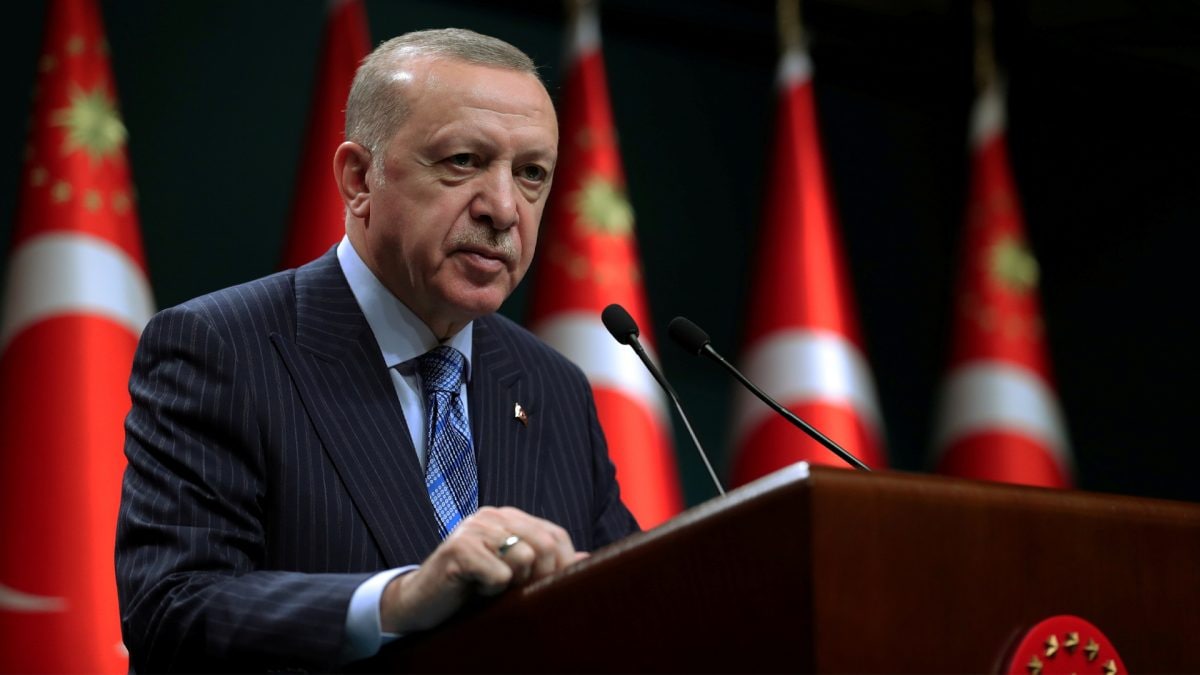
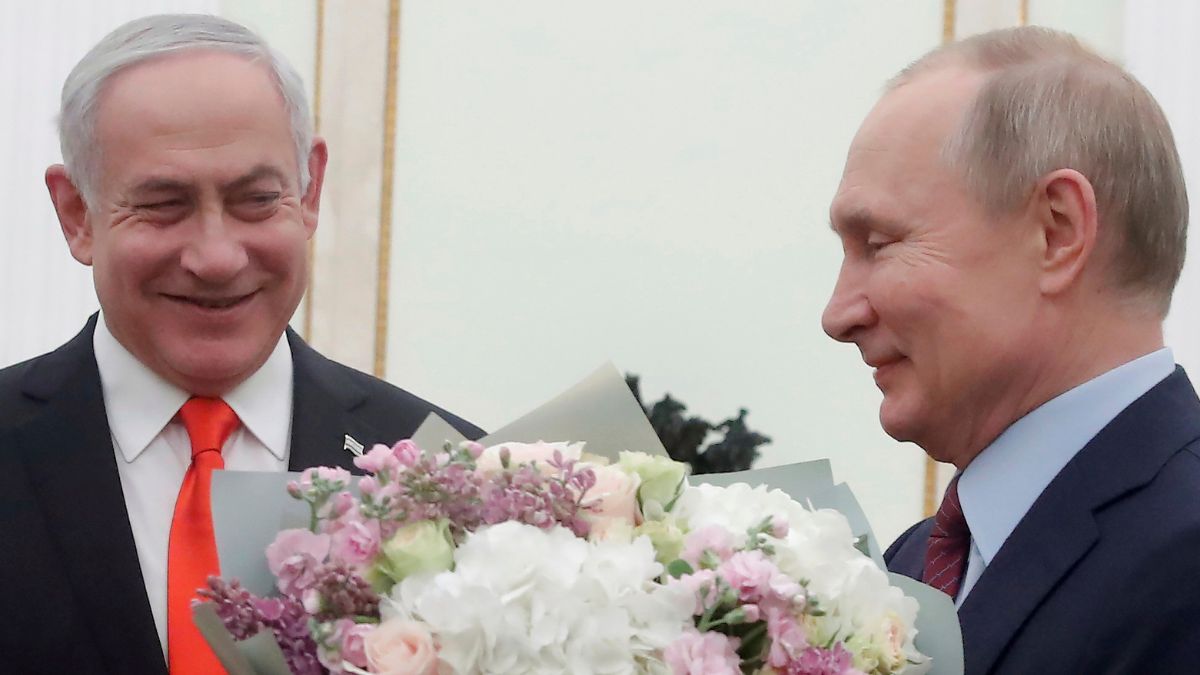)
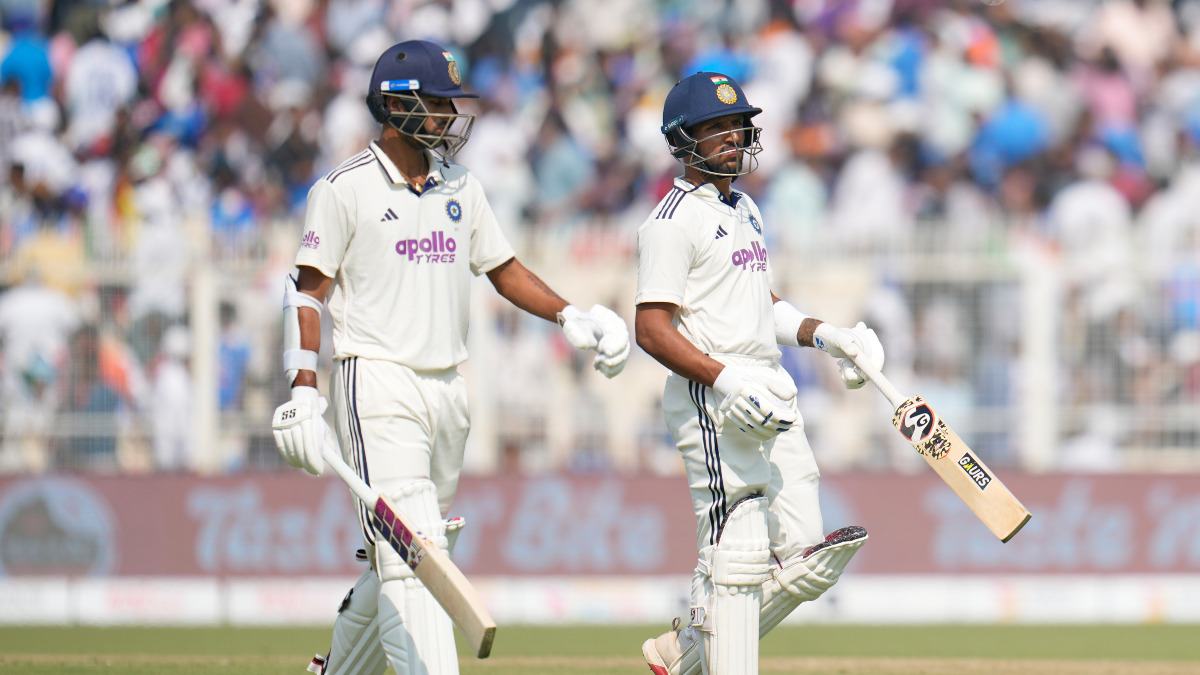)
)
)
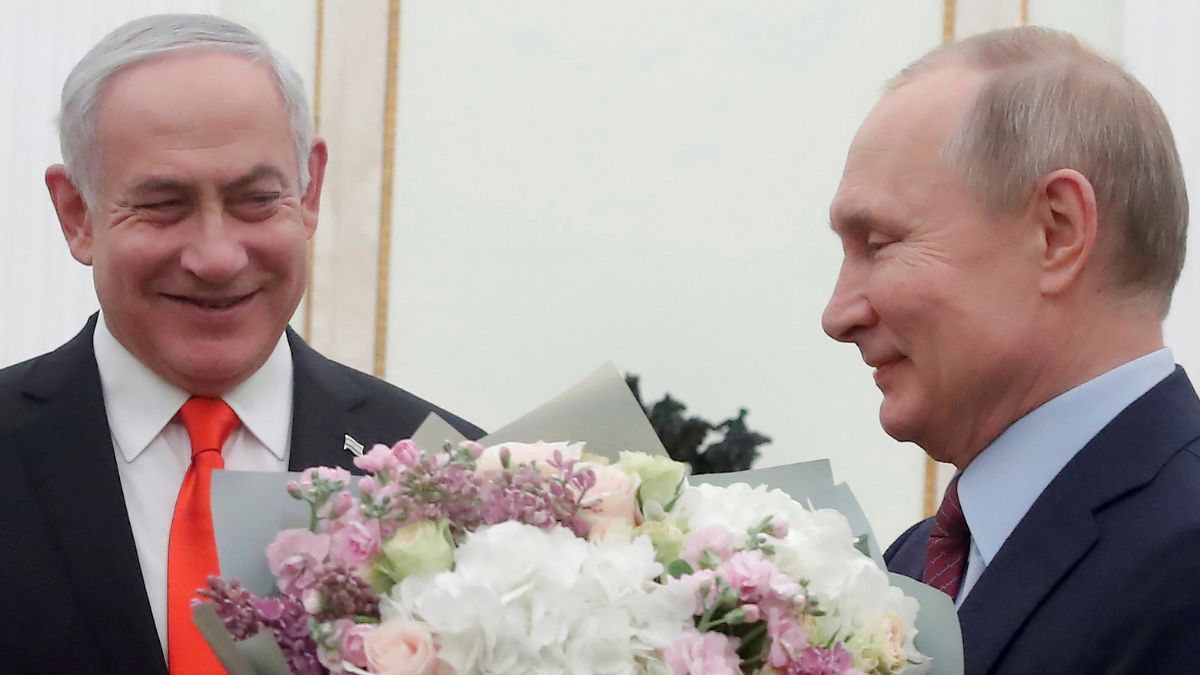)
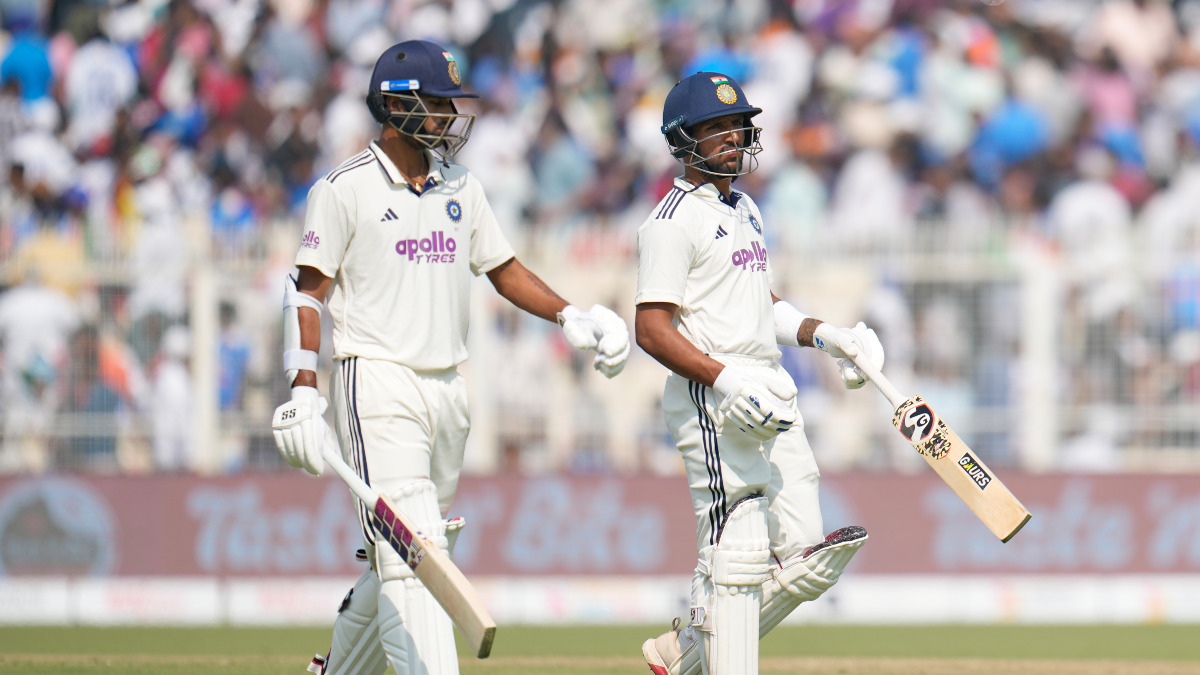)
)
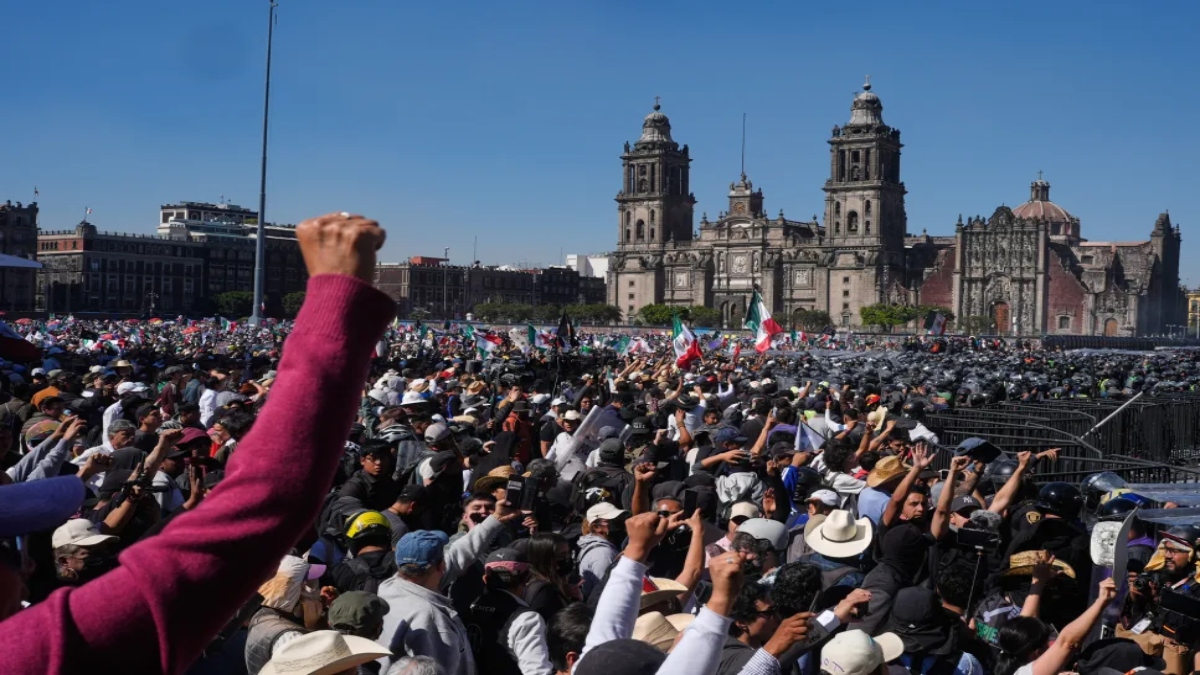)



